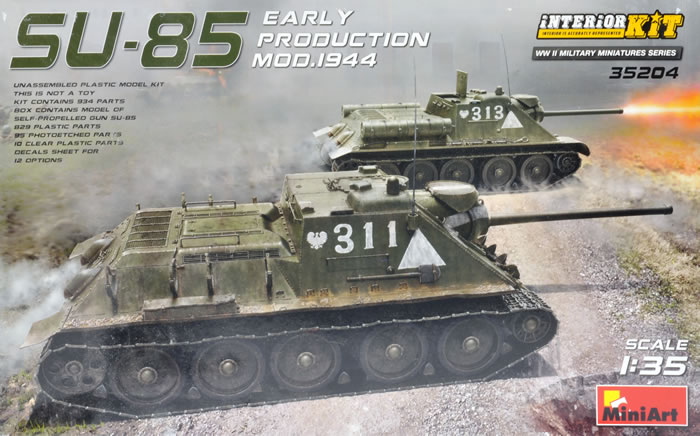|
|
|
|
Home > Reviews > Russia > MiniArt 1/35 Kit No. 35204 - SU-85 Early Production Model 1944 Interior Kit |
SU-85 Model 1943 Early Production with Crew
MiniArt, 1/35 scale
Reviewed by Brett Green
Summary
|
Stock No. |
MiniArt 1/35 Kit No. 35204 - SU-85 Early Production Model 1944 Interior Kit |
|
Contents and Media: |
More than 1,000 parts in grey plastic, 10 parts in clear plastic, 73 parts in photo-etch and markings for 12 vehicles. |
|
Price: |
AUD$62.00 plus postage available online from Creative Models Australia |
|
Scale: |
1/35 |
|
Review Type: |
First Look |
|
Advantages: |
High level of detail; excellent moulding; interesting subject; includes crew figures; good value. |
|
Disadvantages: |
Very high parts count - best for experienced modellers. |
|
Recommendation: |
MiniArt's SU-85 Early Production Model 1944 Interior Kit is a very well detailed model and should be appropriate for experienced modellers. If you rate the appeal of your models by the time spent on a challenging and detailed project, this model will be great value! |
B a c k g r o u n d
Early in World War II, Soviet tanks such as the T-34 and KV-1 had adequate firepower to defeat any of the German tanks then available. By the fall of 1942, Soviet forces began to encounter the new German Tiger tank, with armour too thick to be penetrated by the 76.2 mm guns used in the T-34 and KV tanks at a safe range.
The Soviet command also had reports of the Panther tank, that was in development then and possessed thicker armour than the Tiger; both represented an advance in German tank design. Although the Panther was not seen in combat until July 1943, the new generation of German vehicles meant the Red Army would need a new, more powerful main gun for their armoured formations.
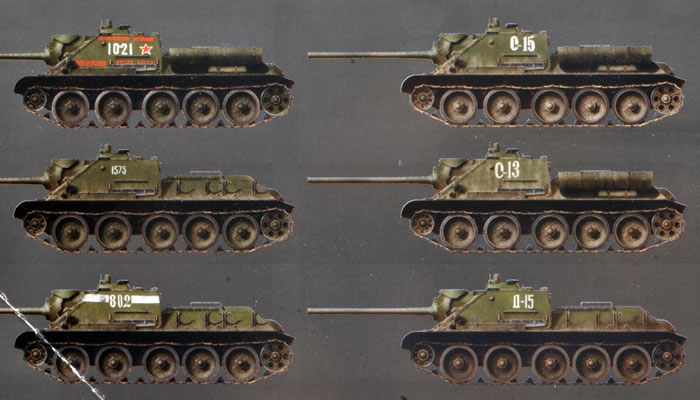
In May 1943, work was begun on a new anti-tank gun. Military planners directed the design bureaus of both Gen. Vasiliy Grabin and Gen. Fyodor Petrov to modify the 85 mm anti-aircraft gun for use as an anti-tank weapon. Petrov’s bureau developed the D-5 85 mm gun. Though much too large for the T-34 or KV-1 turret, it was thought the gun could be mounted upon the chassis of the SU-122 self-propelled gun to give the weapon mobility. The version of this gun intended to be mounted upon the SU-85 was called the D-5S, with the “S” standing for self-propelled. Initially the production factory at Uralmash rejected the proposed design.
Nevertheless, the administrators at Uralmash were persuaded to proceed, and the new design was put into production. The weapon was later modified to include a telescopic sight and a new ball gun mantlet.
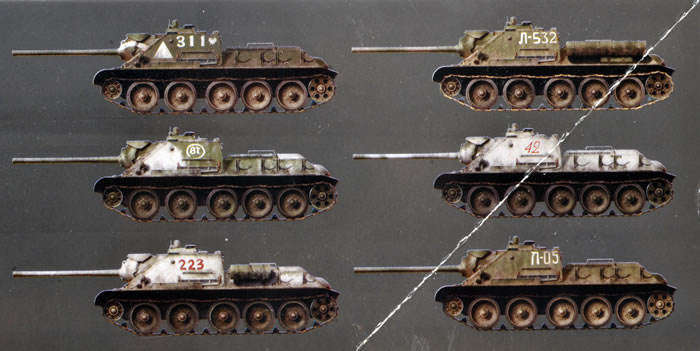
The SU-85 was a modification of the earlier SU-122 self-propelled howitzer, essentially replacing the 122 mm M-30S howitzer of the SU-122 with a D-5T high-velocity 85 mm antitank gun. The D-5T was capable of penetrating the Tiger I from 1000 m. The vehicle had a low profile and excellent mobility. Initially given an armoured commander’s cap on the first batch, the SU-85’s observational optics were improved by the introduction of a standard commander’s cupola - the same as on the T-34/76 model 1942. In addition to the already existing prismatic observation sights installed in left side and rear. On later vehicles, the same optics were added, almost allowing all-around observation.*
F i r s t L o o k
One of MiniArt’s latest additions to their SU-122 / 85 / 100 family is this SU-85 Early Production Model 1944 Interior Kit.
The biggest difference between the MiniArt SU-85 Model 1943 reviewed recently and this release is the inclusion of a full interior – both fighting compartment and engine compartment.
MiniArt’s 1:35 scale this SU-85 Early Production Model 1944 Interior Kit comprises more than 1,000 parts in grey plastic, 10 parts in clear plastic, 73 parts in photo-etch and markings for a whopping 12 vehicles.
This compares with 530 grey plastic parts in the non-interior kit, so nearly half the parts are for the interior alone.
And that interior is very comprehensive, with all the fittings, ammo racks packed with two varieties of shell, gun breech, engine, radiator and much more.
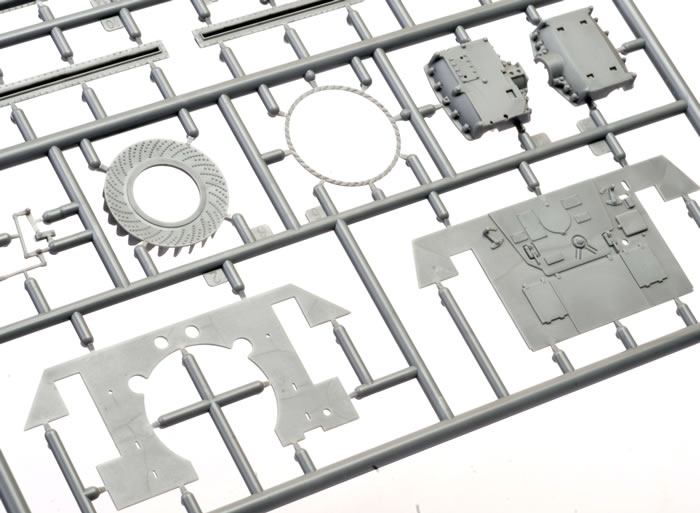
By contrast, the exterior appears to be quite straightforward. These is a core of parts including the flat-pack lower hull and the upper half shell. The latter really only provides the engine deck and the track guards, with the superstructure comprising separate mantlet, sides, rear and roof.
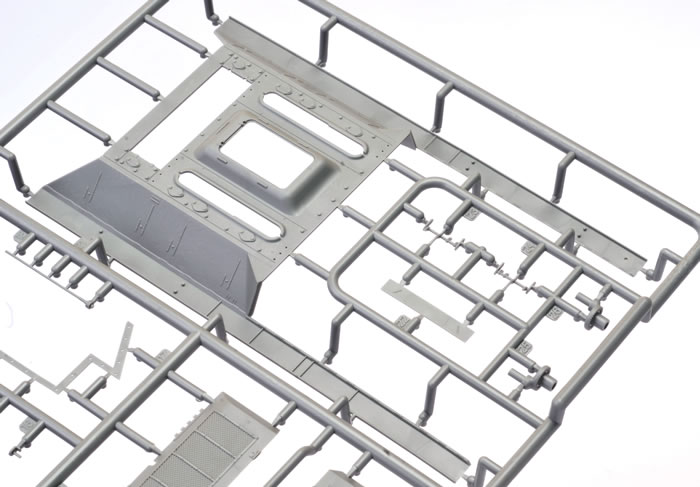
The vents on the sided of the engine deck are hollowed out, and MiniArt offers optional solid platic or photo-etched mesh for the rear deck grille.
The running gear is beautifully detailed, and the road wheels are crisply presented. The tyres are the perforated variety. On vehicle equipment looks good, including a pair of all-plastic tow cables!
Tracks are individual links that are designed to be glued together. Detail is excellent, including casting numbers and subtle texture.
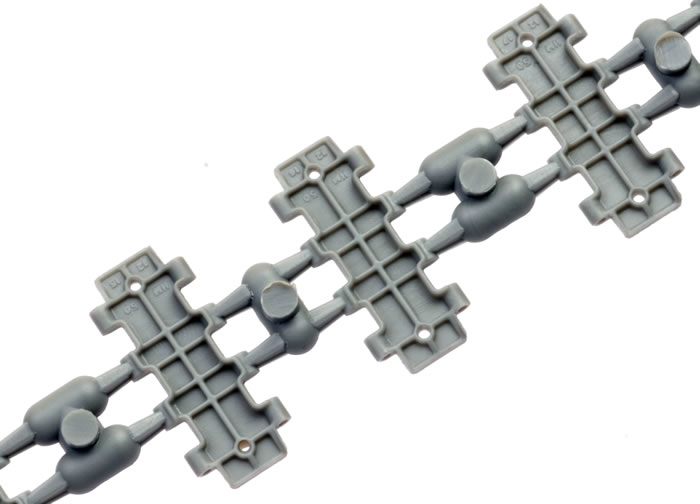
The decal sheet is noteworthy too, offering a generous 12 options in a choice of winter and summer camouflage.

MiniArt's SU-85 Early Production Model 1944 Interior Kit is a very well detailed model and should be appropriate for experienced modellers. If you rate the appeal of your models by the time spent on a challenging and detailed project, this model will be great value!
C o n c l u s i o n
MiniArt's SU-85 Early Production Model 1944 Interior Kit is a very well detailed model and should be appropriate for experienced modellers. If you rate the appeal of your models by the time spent on a challenging and detailed project, this model will be great value!
Thanks to Creative Models Australia for the sample.

